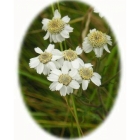 | ||
Perfect for pollinators Sneezewort -achillea ptarmica – grows best on damp soils and in a variety of habitats, often on slightly acid soils. eg. Water meadows, streamsides, heaths and bogs. Sneezwort attracts a range of insects, in particular bees and hoverflies. Plants have small clusters of attractive white flowers that appear mainly in July and August. Sneezewort looks best growing with wildflowers such as Meadow vetchling, Betony, Sheep’s Sorrel and Tufted vetch. How to grow Sneezewort Seeds Sneezewort seeds should be sown in spring or autumn, either outside, where they are to flower, or in seed trays and covered lightly with compost. The seedlings can be pricked out and grown on, for planting out later in the year. RHS Perfect for Pollinators. The RHS Perfect for Pollinators mark is only given to plants that support pollinating insects in gardens. Bees, butterflies, moths, hoverflies and many others visit flowers to feed on nectar and pollen; while doing so they transfer pollen and increase seed set and fruit development. Find out more at: rhs.org.uk/plants To discover more plants for Bees, simply enter the word "pollinators" into the search box above. To buy Sneezewort seeds To purchase Sneezewort seeds, please select a quantity above and click add to cart. To ensure the best chance of success, we sell all of our wildflower seeds by weight, which ensures each wildflower seed packet contains a good quantity of seeds. The recommended sowing rate is 1 gram per square metre, and the number of Sneezewort seeds per gram is approx. 4200. All of our Wildflower seed packets contain seeds of Native British provenance. Summary type - perennial, colour - White or Cream, height - 50 to 75cms, flowering months - July, August, habitat - Very Wet Grassland (eg pond edges, Water Meadow), Very Acidic Soil (Peats, Heaths), | ||
Printed 13/12/2025 03:57:56
st109_1 type perennial colour white or cream height 50 to 75cms flowers july august habitat very wet grassland eg pond edges water meadow very acidic soil peats heaths rhs perfect for pollinators pollinating insects bees butterflies moths hoverflies
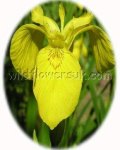
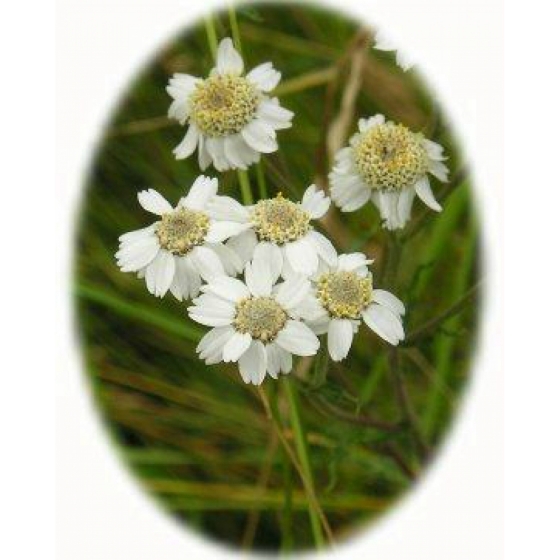
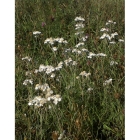
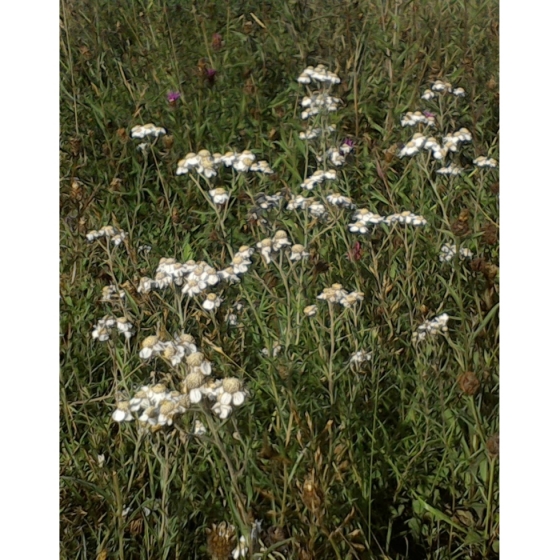



 added to basket
added to basket